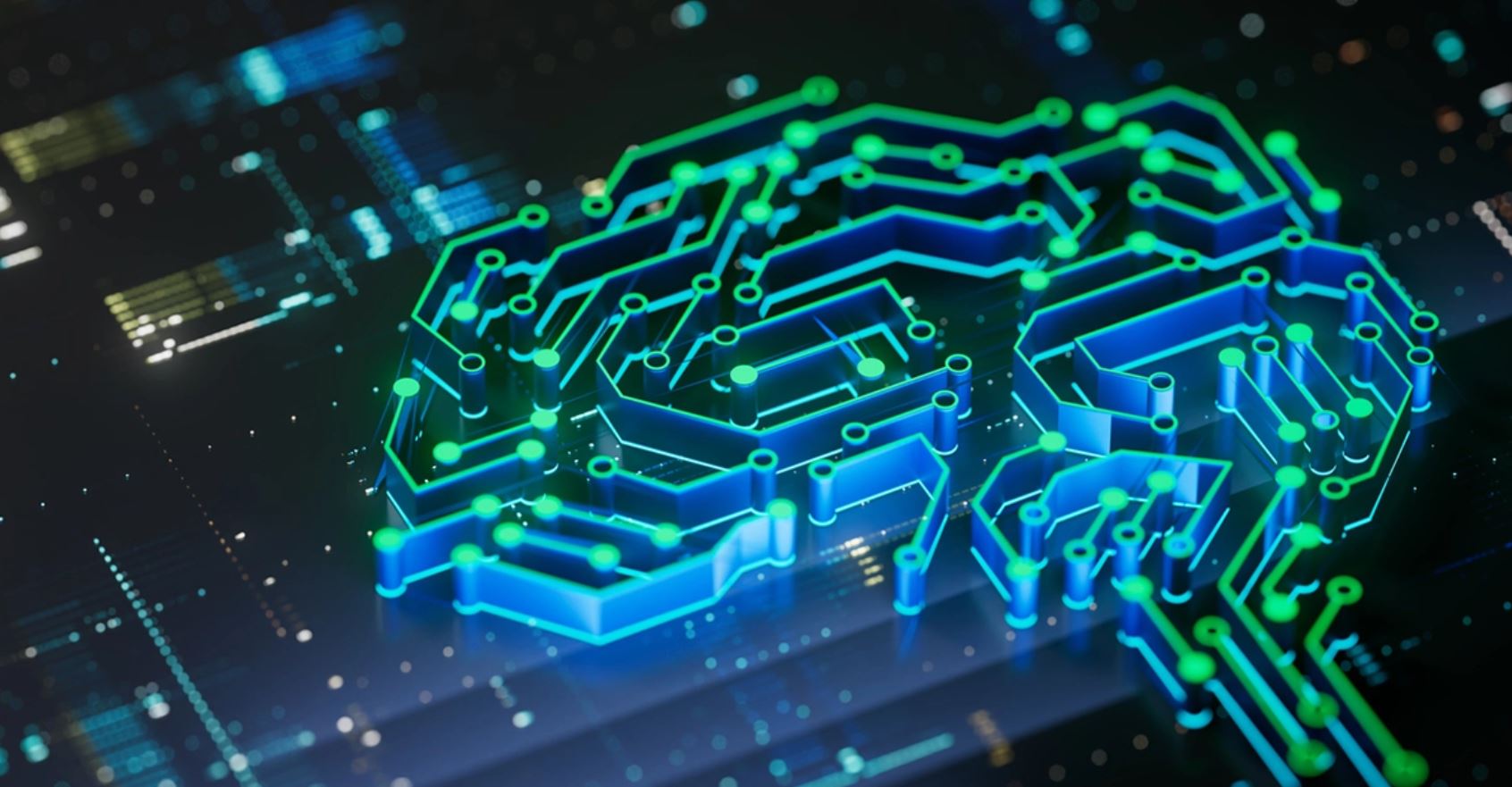 In today’s fast-paced world of industrial cybersecurity, AI and ML are making waves, particularly in Operational Technology (OT) and Industrial Control Systems (ICS). These cutting-edge technologies are changing the game when it comes to spotting anomalies, boosting both threat detection and system visibility. Unlike the old-school methods, AI and ML can dive into massive datasets and pick out unusual activities, offering real-time protection against threats.
In today’s fast-paced world of industrial cybersecurity, AI and ML are making waves, particularly in Operational Technology (OT) and Industrial Control Systems (ICS). These cutting-edge technologies are changing the game when it comes to spotting anomalies, boosting both threat detection and system visibility. Unlike the old-school methods, AI and ML can dive into massive datasets and pick out unusual activities, offering real-time protection against threats.
However, it’s not all smooth sailing. These systems often grapple with messy, unstructured data in OT environments. That’s where specialized preprocessing and domain expertise come into play to ensure AI delivers accurate results. Experts are quick to point out the perks of AI, especially in moving away from static threat signatures and spotting new exploits.
This shift means organizations need to up their game. Teams must get savvy with ML algorithms, data science, and threat modeling. Collaboration between data scientists and cybersecurity pros is key to refining models and strengthening OT/ICS defenses. Industry leaders like Ofir Arkin from NVIDIA and Jeffrey Macre from Darktrace have highlighted how AI-powered analytics provide unique insights into OT environments by using telemetry data and machine learning for proactive anomaly detection.
AI technologies are speeding up threat detection and cutting down investigation times, which means faster, more efficient responses. Carlos Buenaño from Armis emphasizes the power of crowdsourced information to set baseline behaviors and spot anomalies, building a solid defense across network segments.
Despite the advantages, AI and ML systems must handle false positives and negatives in threat detection. Strategies like adjusting alert thresholds and involving human oversight help keep a balance between sensitivity and accuracy. Cybersecurity pros must also adapt, learning to work alongside AI and mastering skills in industrial protocols, behavioral analysis, and data management.
The future of cybersecurity in OT/ICS environments hinges on continuous innovation and teamwork, ensuring AI systems are securely developed and seamlessly integrated into operational frameworks.








